
According to the Wall Street Journal (WSJ) on October 28, this week's trip to Asia is an important test for US President Donald Trump's efforts to rebuild global trade through personal diplomacy . Mr. Trump is facing the attractive prospect of a treaty with China and the opportunity to overcome obstacles to close deals with other key trade partners.
The WSJ noted that President Trump has gained some momentum by reaching tariff agreements with several Southeast Asian countries and has made an optimistic assessment of China ahead of his scheduled meeting with President Xi Jinping later this month. Speaking on Air Force One on October 27, Mr. Trump expressed: "I think we will reach a deal."
In Tokyo on October 28, President Trump and new Japanese Prime Minister Sanae Takaichi pledged to usher in a new "golden age" in bilateral relations. President Trump welcomed the trade agreement signed with Japan and said: "I think we will do greater trade together than ever before."
Under the deal, Tokyo agreed to invest $550 billion in the US over the next few years in exchange for a 15% tariff on most Japanese imports to the US, including cars.
Obstacles and challenges at key partners
Despite the progress, there is still much work to be done on trade with other key Asian economies such as South Korea, India, Australia and Taiwan. “President Trump needs to prove that he is winning,” said Carlos Casanova, senior economist for Asia at Union Bancaire Privée.
South Korea is the clearest example of this challenge. Although the two countries agreed in late July that Seoul would invest $350 billion in the United States in exchange for Washington reducing tariffs on South Korean cars and goods from 25 percent to 15 percent, the two sides have struggled to implement the investment pledge. A senior aide to the South Korean president even said the likelihood of reaching an agreement was very low when Trump met with President Lee Jae-myung on October 29.
India has also been tough. Prime Minister Narendra Modi missed a planned face-to-face meeting with President Trump. Trade talks between the two countries have hit a snag after the US unexpectedly imposed a 50% tariff on India, partly in response to India’s continued purchases of cheap Russian oil. Indian exports to the US have plummeted, with exports to the US falling to $5.5 billion in September, down 20% from August and nearly 40% from May, according to Ajay Srivastava, founder of the Global Trade Research Initiative in New Delhi.
For Australia, most goods are also subject to a 10% tariff, but a deal seems far away. "These issues are not going to be resolved overnight," Australian Trade Minister Don Farrell admitted.
Meanwhile, Taiwan is seeking lower tariffs after receiving a temporary reduction from a proposed 32% to 20% from August 7. Taiwanese President Lai Ching-teh has hinted that “concrete results” on the trade talks could be announced soon.
Momentum from Southeast Asia
During his trip, President Trump made several deals with Southeast Asian countries: On October 26, the US reached detailed agreements with Malaysia and Cambodia that will reduce tariffs and increase purchases of US goods. The US also reached agreements with Thailand and Vietnam that could lay the groundwork for more comprehensive trade deals down the road.
The WSJ concludes that completing more deals would bolster President Trump’s core trade agenda, as his controversial tariffs face legal and political backlash at home and abroad. But “these deals remain highly symbolic,” says Gaurav Ganguly, director of international economics at Moody’s Analytics, highlighting the potential challenges in implementing core issues.
Source: https://baotintuc.vn/the-gioi/thuc-thi-cac-thoa-thuan-da-ky-ket-tai-chau-a-thu-thach-lon-cua-tong-thong-trump-20251028161705384.htm


![[Photo] Flooding on the right side of the gate, entrance to Hue Citadel](https://vphoto.vietnam.vn/thumb/1200x675/vietnam/resource/IMAGE/2025/10/28/1761660788143_ndo_br_gen-h-z7165069467254-74c71c36d0cb396744b678cec80552f0-2-jpg.webp)



![[Photo] Draft documents of the 14th Party Congress reach people at the Commune Cultural Post Offices](https://vphoto.vietnam.vn/thumb/1200x675/vietnam/resource/IMAGE/2025/10/28/1761642182616_du-thao-tai-tinh-hung-yen-4070-5235-jpg.webp)
![[Photo] National Assembly Chairman Tran Thanh Man received a delegation of the Social Democratic Party of Germany](https://vphoto.vietnam.vn/thumb/1200x675/vietnam/resource/IMAGE/2025/10/28/1761652150406_ndo_br_cover-3345-jpg.webp)


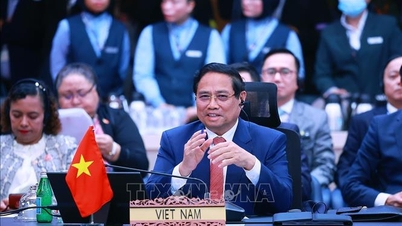
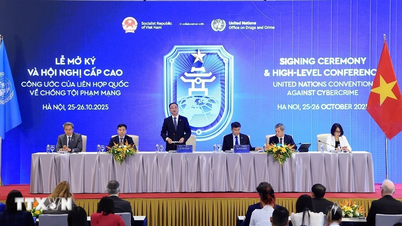

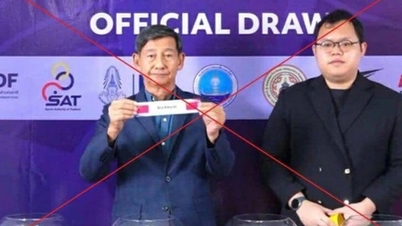

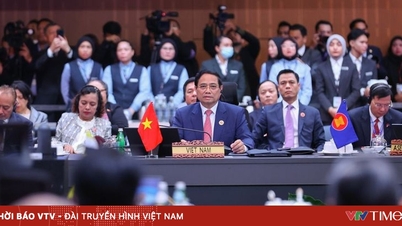



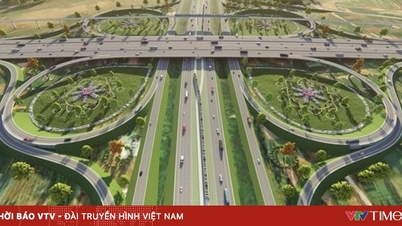
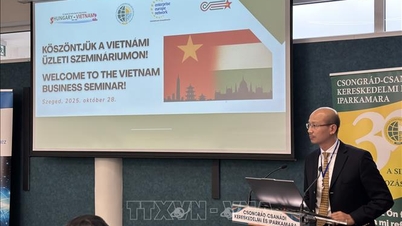
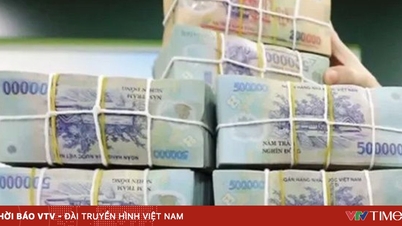
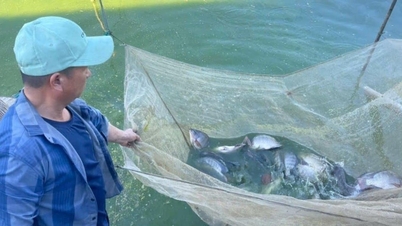

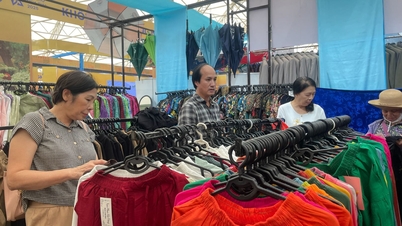
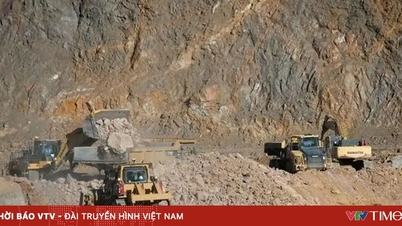




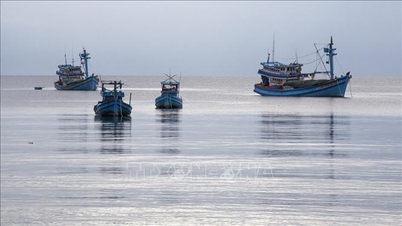
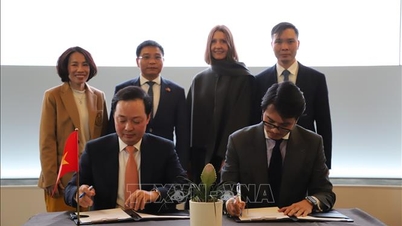
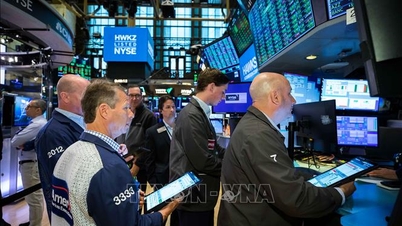
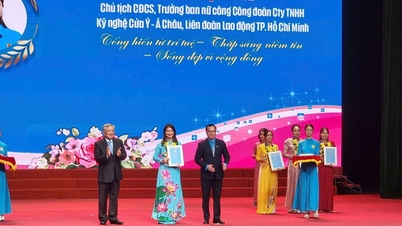
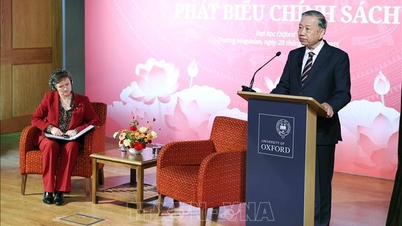
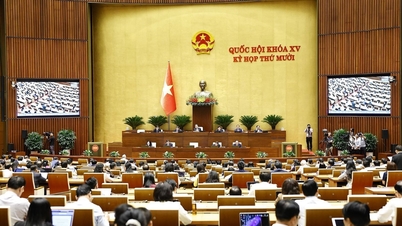

![[Photo] President Luong Cuong attends the 80th Anniversary of the Traditional Day of the Armed Forces of Military Region 3](https://vphoto.vietnam.vn/thumb/1200x675/vietnam/resource/IMAGE/2025/10/28/1761635584312_ndo_br_1-jpg.webp)

































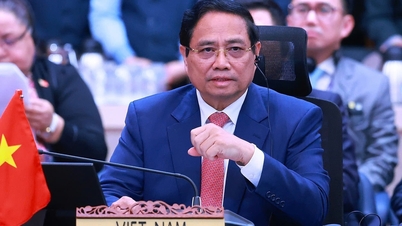
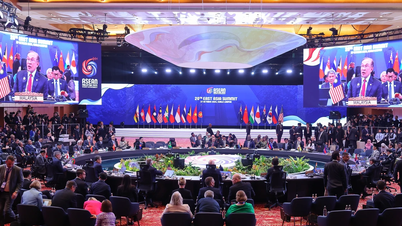

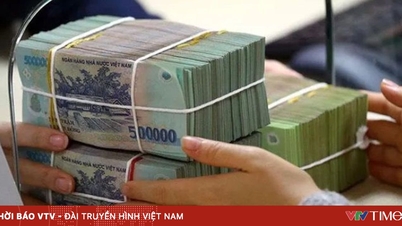
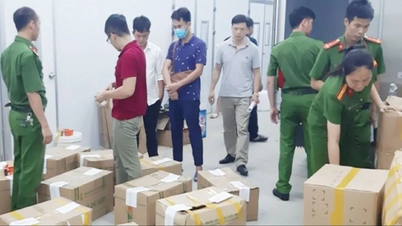

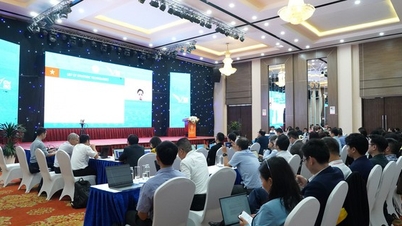

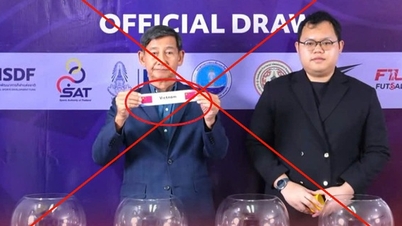

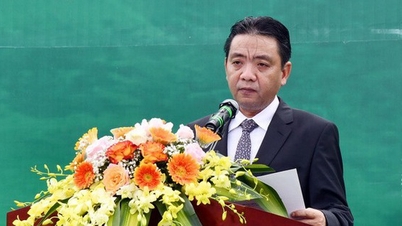
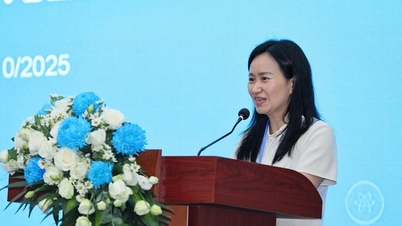
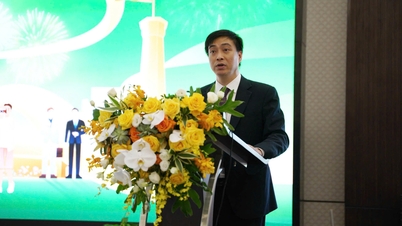


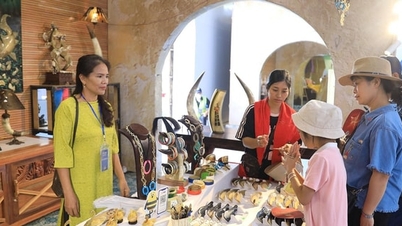





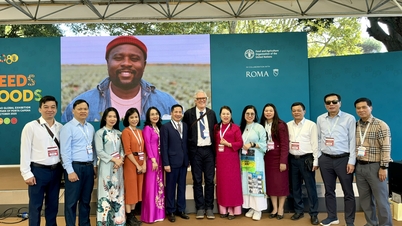

















Comment (0)